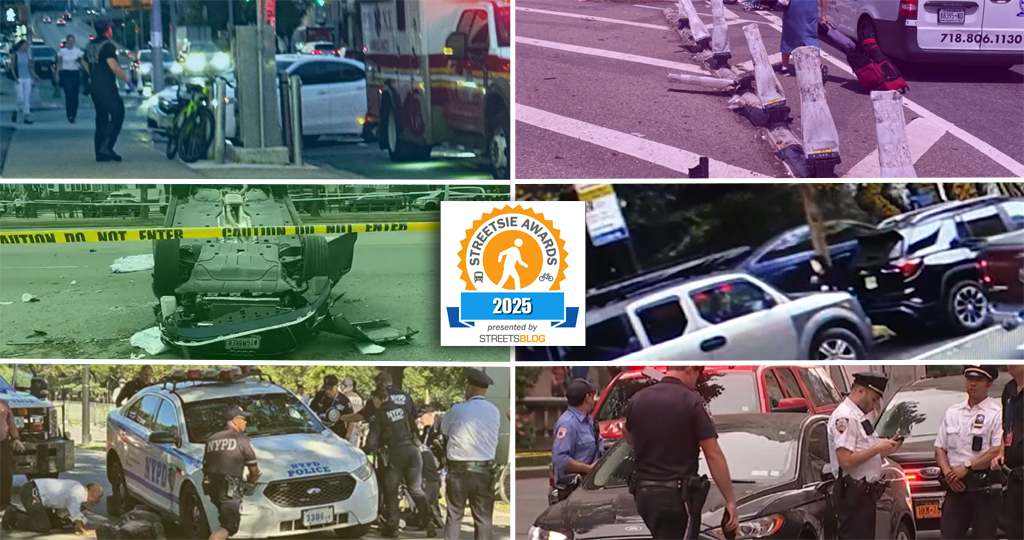The highway lobby in Dallas keeps beating the same drum: They talk about projected population growth and predict that highways will become a massive logjam. So they argue Dallas should be building, building, building new highways for these future drivers at a furious pace.
But Patrick Kennedy at Street Smart notes that if you look at more recent trends, they actually make the case for fewer highways. Ultimately, he says, basing complex decisions on simplistic trend line projections is just a bad way to plan for the future:
Let’s play a game then, if we’re following trend lines continually up and to the right. How much will DFW residents be driving in 2035 based on current trends? Well, according to Texas Transportation Institute, DFW averaged 13.26 miles driven per person per day in 2006. That number has since fallen to 11.90. Wha?! How could that be? All of our driving models show VMT going up (and therefore we base transportation funding and policy on said models). They couldn’t possibly be wrong. What is wrong is people. Who change and adapt and live and do things differently based on their time and circumstances which also change, unlike our models, which are exquisite and perfect and say we need moar damn highways.
If we’re dropping VMT per capita by 32% every 5 years certainly that trend line will continue for ever and ever. If it keeps dropping by 32% every 5 years, the average DFW resident will be driving 1.37 miles per day, about half as much as the average current New York City metro resident. Sounds ridiculous right?
Guess what? TTI’s congestion costs for DFW (despite how flawed that metric is – but alas people pay attention to it) have also been dropping. Like VMT, our congestion costs peaked in 2006 at $1414 per driver and have since dropped to $957 by 2011. At that trend, our congestion costs in 2035 in DFW will be down to $138 per person. WOOHOO!
In other words, if we’re following all of these trendlines on into the future, we will be the least car-dependent city in the country. Double WOOHOO! Do we think that will be the case if we double down on highway spending?
Or, alternatively we can focus on building a better, more livable, more vibrant, more resilient, more just city for all of our residents. And one that is actually on sound financial footing without mortgaging the future (and projected future growth) on 20th century thinking and antiquated policies.
In its recent report on innovative regional planning, Transportation for America specifically calls out trend line projections as a bad practice, recommending more sophisticated modeling techniques instead.
Elsewhere on the Network today: Urban Cincy reports that a coalition of city residents is pushing for Phase II of the Cincinnati Streetcar to extend to the city's Uptown neighborhood. And Human Transit says planners need to be able to see the big picture, but also not overlook the small issues that shape transit users' everyday experiences.






